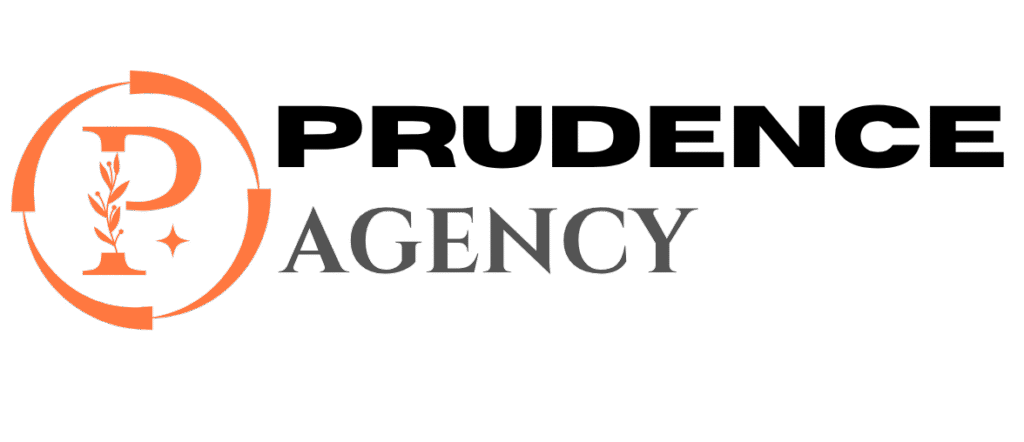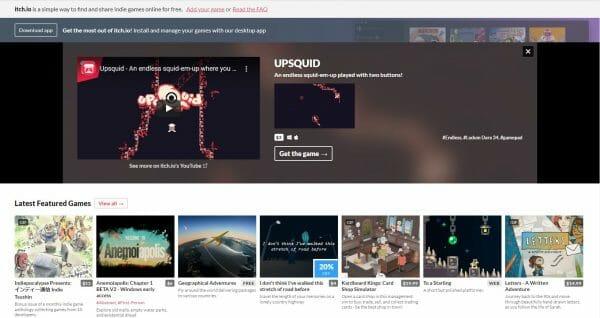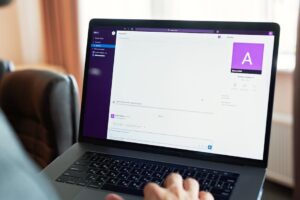Building a Game Dev Portfolio That Gets Noticed
If you’re an aspiring or professional game developer, having a standout game dev portfolio is essential to showcase your skills, creativity, and unique style. But in a crowded market full of talented developers, how do you build a portfolio that catches the eyes of recruiters, studios, and indie collaborators? In this comprehensive guide, we’ll walk you through proven strategies on building a game development portfolio that gets noticed – from selecting the right projects, optimizing for SEO, to presenting your work like a pro.
Why a Strong Game Dev Portfolio Matters
A portfolio is often your first impression. It acts as a visual resume to demonstrate your technical skills, artistry, and problem-solving abilities. When done right, a portfolio can:
- Showcase your diverse skill set: programming, art, game design, sound, and more.
- Demonstrate real-world experience: finished games, prototypes, or mods.
- Highlight your creativity and personal style.
- Build credibility with potential employers or collaborators.
- Help you rank higher in search engine results.
Key Components of an Effective Game Dev Portfolio
Your game development portfolio should be a curated, well-organized exhibit of your best work. Focus on quality over quantity, but ensure you cover different aspects of game development if possible. Here’s what to include:
1. Showcase Finished Projects and Playable Demos
Recruiters love seeing projects that are complete or near-complete. Upload playable demos or links to downloadable builds with clear instructions. You can host games on platforms like itch.io or Github Pages for easy access.
2. Include Source Code and Technical Details
For programming-heavy roles, include source code links (e.g., GitHub) with well-commented scripts. Highlight the tools, engines (Unity, Unreal, Godot), and languages you used.
3. Highlight Art and Design Assets
If you specialize in art or design, feature your character models, environment art, animations, UI/UX designs, and concept art. Use high-quality images or short video reels to showcase this work.
4. Document Your Creative Process
Include case studies or blog posts about your development journey-what challenges you faced, how you solved them, and lessons learned. This adds depth and gives insight into your problem-solving skills.
5. Make it Easy to Navigate
Use clear menus and categories so visitors can quickly find projects relevant to their interests. Mobile-friendly design is essential to reach users on any device.
SEO Best Practices for Your Game Dev Portfolio
Building a portfolio is just the start. You need to ensure it is discoverable by search engines to attract traffic organically. Consider these SEO strategies:
Optimize Meta Tags and Descriptions
Each project page should have unique titles and descriptions incorporating keywords such as game developer portfolio, indie game projects, Unity games showcase, and so on. Use tools like Yoast SEO if you’re on WordPress.
Incorporate Relevant Keywords Naturally
Use keyword phrases related to game development skills throughout your portfolio text-e.g., game programming, 3D modeling, level design, mobile game developer. Avoid stuffing keywords, prioritize readability.
Use Descriptive Alt Text for Images
Since portfolios often rely on visuals, add alt text that describes the image and includes keywords where relevant. This improves accessibility and SEO.
Build Backlinks and Social Shares
Promote your portfolio on social media, developer forums, and communities like Reddit and Discord. Link building increases domain authority and boosts rankings.
Practical Tips to Build a Standout Portfolio
- Start Small and Iterate: Begin with one or two polished projects, then expand your portfolio over time.
- Show Your Most Relevant Skills First: Order projects by relevance to the job or role you want.
- Keep It Updated: Regularly refresh your portfolio with new projects and delete outdated work.
- Focus on User Experience: Fast loading times, easy navigation, and responsive design can set you apart.
- Add Testimonials or Reviews: If possible, include feedback from collaborators or players to boost credibility.
Case Study: How Indie Developer Jane Drew Landed Her Dream Role
Jane Drew, an indie game developer, built her portfolio with a focus on storytelling games. By showcasing two playable narrative-driven games, linking to her well-documented GitHub repos, and optimizing her site with keywords like “interactive storytelling game developer,” Jane increased her site traffic by 300% within six months. This visibility helped her attract interviews and ultimately land a job at a major studio.
Example Portfolio Structure
Organizing your portfolio with clear sections can improve both usability and SEO. Here’s a sample structure:
| Section | Content Focus | SEO Keywords |
|---|---|---|
| Home | Introduction, summary of skills, featured game | game developer portfolio, indie game dev |
| Projects | Playable demos, screenshots, code repos | Unity game developer, 3D game programming, mobile game portfolio |
| About Me | Bio, skills, education, experience | game dev skills, experience in game design |
| Blog / Case Studies | Development stories, tutorials, challenges | game dev tutorials, game programming blog |
| Contact | Email, social links, freelance inquiries | game developer contact, hire game developer |
Conclusion: Your Portfolio is Your Gateway
Building a game dev portfolio that gets noticed takes effort, strategy, and continuous improvement. Focus on highlighting your best work with clear, engaging presentations, and leverage SEO best practices to increase your online visibility. Remember, your portfolio is more than a collection of projects-it’s your story, your passion, and your professional brand all wrapped into one.
Start curating your portfolio today, stay consistent, and watch how it opens doors in the competitive world of game development!











